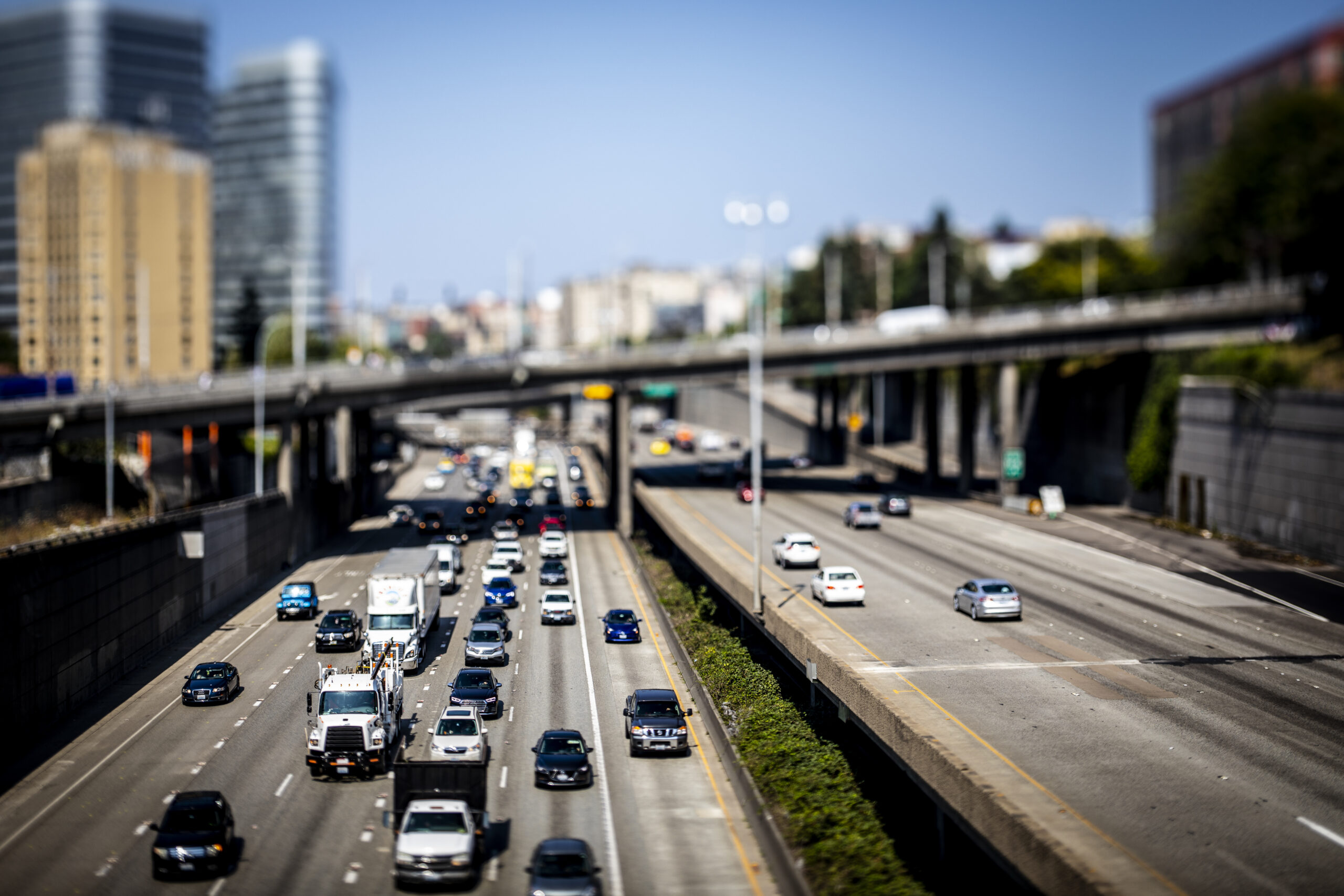
2022 Seattle Commute Survey offers insights for travel and transportation
By Bart Treece, director of the Mobility Innovation Center
Three years ago, the onset of the COVID-19 pandemic disrupted many aspects of our lives, including how we work and travel. Now, with the results of the latest Seattle Commute Survey in hand, we have a clearer understanding of how people are traveling into downtown Seattle and across the city as pandemic restrictions have lifted. The survey was a joint project of the Mobility Innovation Center and Commute Seattle.
It should come as no surprise that those who are able to continue to embrace telework, while other employers have moved to hybrid work arrangements, a mix of in-person work and telework, as part of the “new normal.” Among hybrid workers, we see a pattern of folks preferring to telework on Mondays and Fridays and commute to an office in the middle of the week (Tuesday through Thursday).
The survey captured more than 64,000 responses from individuals who live in the Puget Sound area, the majority of whom have worksites in the downtown area.
Other key findings from the survey include:
- 1 out of 5 people drive alone to work at peak times in Central Seattle. Drive-alone commute trips to Central Seattle have fallen to 21%, down from 26% in 2019.
- Transit commute trips have rebounded slightly. Respondents with Central Seattle workplaces reported using public transit 22% of the time in 2022 to connect to downtown, up slightly from 18% in 2021 but lower than the 46% peak in 2019.
- People drive alone to offices outside of Central Seattle. People who work at large employers in Central Seattle are more likely to telework or take public transit. Fifty-one percent of respondents in Central Seattle telework, compared to 30% outside Central Seattle. People who work at large employers outside of Central Seattle are more likely to drive alone to work. Nineteen percent of these employees drive alone to work in Central Seattle compared to 40% of those outside Central Seattle.
Travel and housing
New portions of the survey included questions about respondent home location (using major intersections as locators), how they travel for non-commute trips, and housing type.
- People with the best transit, biking, and walking options often don’t take advantage of them to get to work. People who live within five to 10 miles of their downtown workplace are more likely to telework at least a portion of the week.
- Traffic has returned not just because of work trips, but because of other trips. Nearly 75% of people drive alone for trips to groceries, healthcare, and school pickup and drop-off. People take more of these trips per week than they do between home to work.
- Connection between housing type and how people get around. People who live in single-detached housing are more likely to telework at least a portion of the time. And to drive alone, ferry, or vanpool to work. Those who live in apartments and condos are more likely to be in-person at least a portion of the time, and are more likely to walk to work, take an employer-provided shuttle, or use Uber or Lyft to commute.
- Childcare needs make people more likely to drive to work. People with children or dependents at home are more likely to drive alone to work than people without dependents or children.
Income and commute mode
New to this survey were questions related to income and travel options to help identify trends and potential disparities.
- People in higher-income households are more likely to telework. High-income respondents (those making $150,000 per year or more) are more likely to telework or have hybrid commute options. Respondents who live in households that earn less than $60,000 per year are more likely to work in person.
- A reversal in the income of the average transit rider. Transit use for people who live in households that make less than $90,000 are far more likely to take transit than those who make over $90,000, a reversal of a pre-pandemic trend.
- Micro mobility users tend to be higher wage earners than public transit and vanpool commuters.
About the team that did the survey
The 2022 Seattle Commute Survey is a partnership between the Mobility Innovation Center and Commute Seattle, led by a UW Urban Design and Planning team consisting of PhD candidate Lamis Ashour, professor Qing Shen, and emeritus professor Anne Vernez Moudon. We had help along with way from the Seattle Department of Transportation, the Washington State Department of Transportation, and Challenge Seattle. Of course, we also thank the people who took the time to complete the survey.
Where do we go from here?
The survey results are a snapshot of a moment in time. We expect travel and transportation to evolve. We know that Amazon workers will be a larger presence in South Lake Union beginning in May; it is possible that other employers will follow suit.
There are clear opportunities to improve how people travel, namely addressing disparities for access to telework. It will be interesting to see how transportation agencies, employers, and decision-makers leverage these insights to make progress in providing a safer, more equitable system.